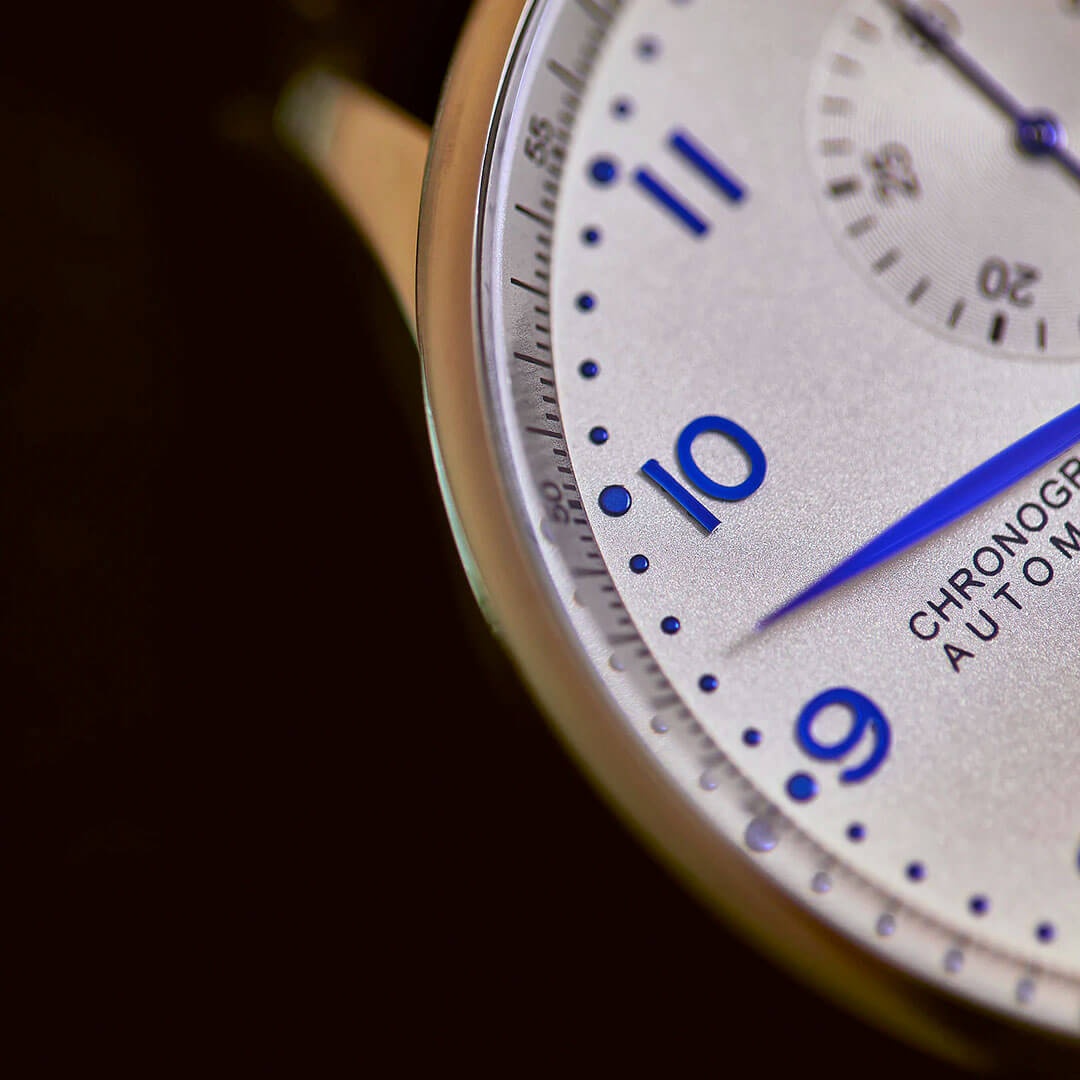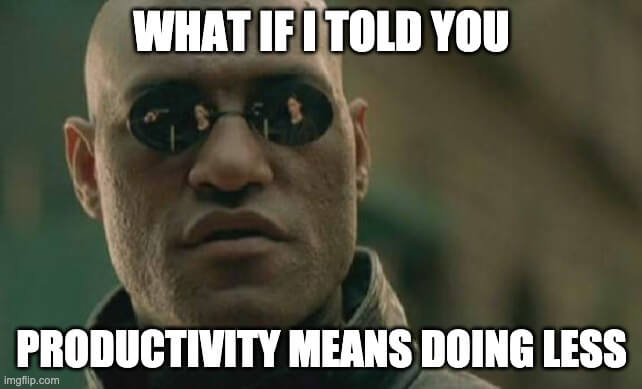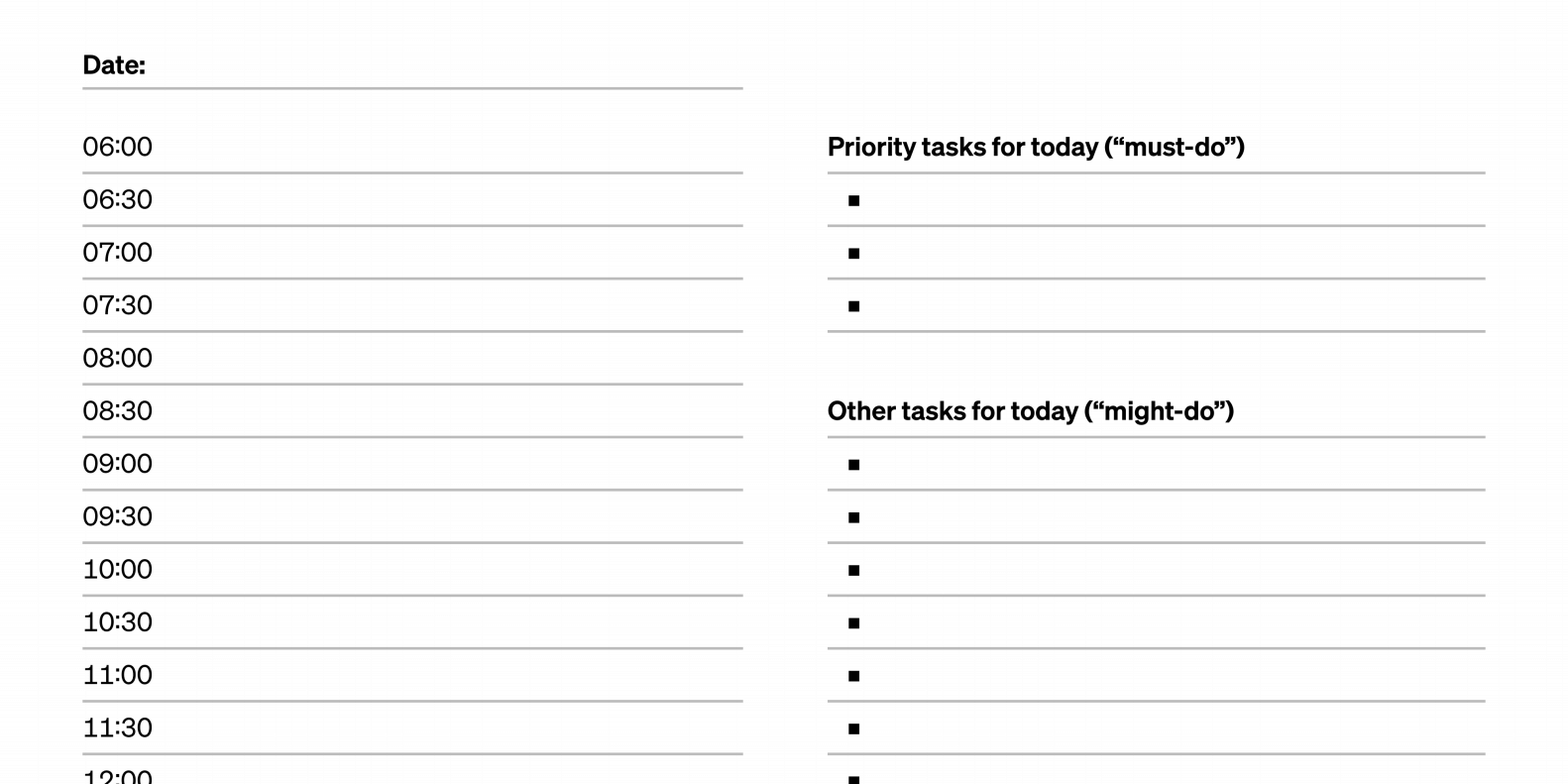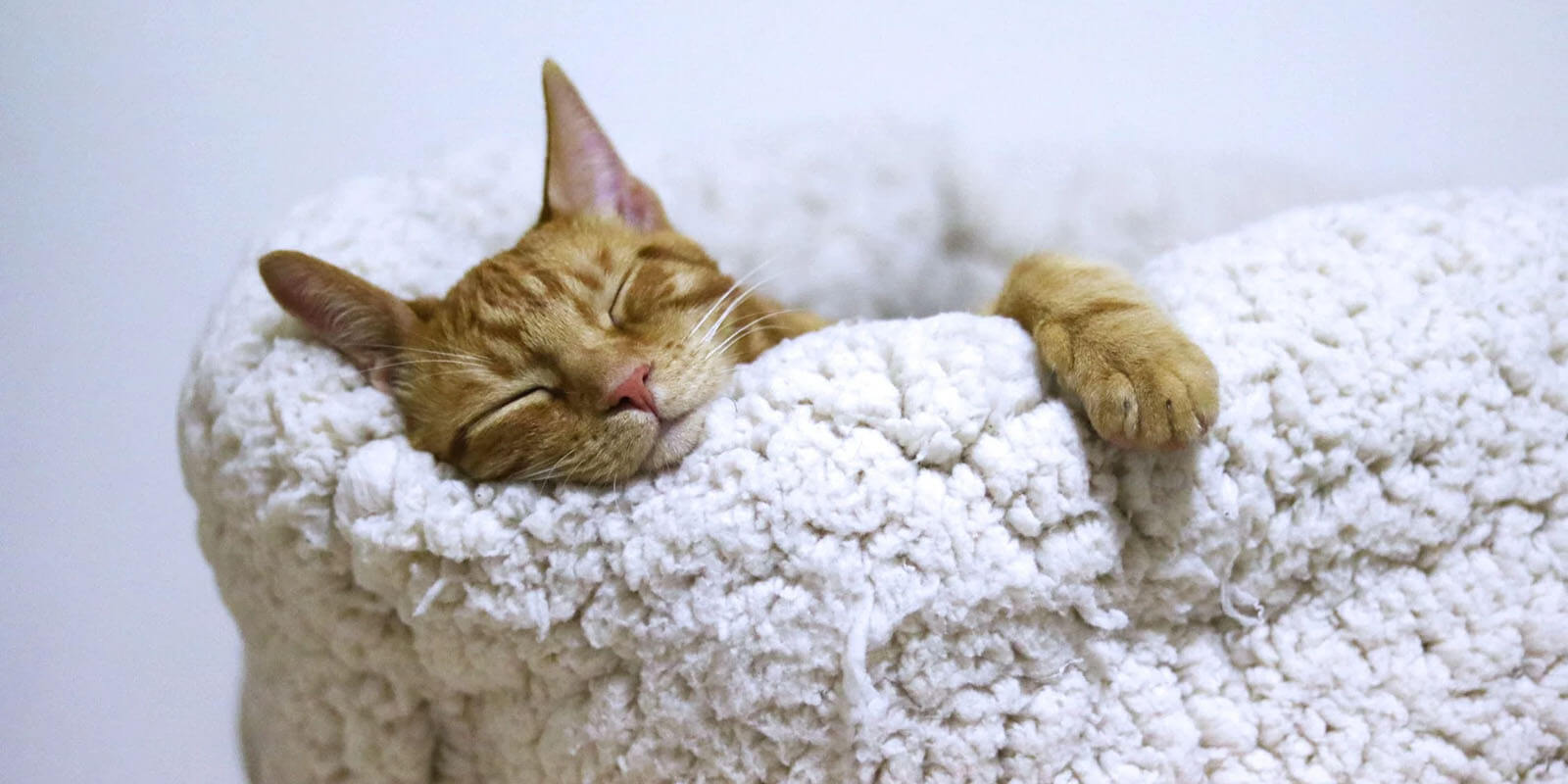Course · Part 3 · Assignment 7
Read
Productivity Basics
KeyThree
The key points from this assignment.
- Productivity isn’t about working harder — it’s about maximizing your output in a given time
- Higher productivity often requires tactical trade-offs in work quality
- Follow our five practical tips and make the most of the hours you have available

Image credit: Agê Barros
Introduction
The idea of “productivity” tends to divide opinion. Some people are productivity pros, always on the lookout for any opportunity to optimise their time. Others view it as a corporate concept, all about extracting maximum profit from undervalued workers.
Wherever you stand on that question, what we tackle in this lesson is productivity in a slightly different sense: how to make best use of your time.
Productivity means knowing when to suck

Image credit: imgflip
The truth is that not every aspect of our work as designers requires the same level of finish and attention to detail.
For example, of course we need the final product that we send to the client to be as close to perfect as we can get it. That’s where we should invest extra time, so that we can work slowly and ensure that we achieve a high-quality result.
However, something like notes from an internal team meeting don’t matter in the same way. There’s no point typesetting them beautifully, and it’s not important if there are typos. As long as you have good handwriting, it might even make sense to scan your handwritten notes and send those around by email.
The first step towards productivity is, as far as possible, to judge in advance how much time to spend on a task. That calculation means understanding its relative importance, and the standard that it really needs to meet.
5 immediately practical productivity tips
1. Plan your day in 30-minute blocks

In her TED Talk on time management , Laura Vanderkam observes that most of us complain about not having enough time on our hands. However, she says, there are 168 hours in the week. If we assume we spend 40 of them working, and 56 of them sleeping, that still leaves us 72 hours each week to do something with.
Very few of us, she says, are truly short of time. What we’re really lacking is being intentional with how we use the time we have available.
A simple way to be more intentional with our time is to use a daily time planner which allows us to give a job to every half-hour of every day. (And yes, resting and watching TV are valid — as long as we do them intentionally.)
If you’re unsure, try it for a week and see how you get on. You can download our free planner here .
2. Break down work into 25-minute tasks

Image credit: Karolina Grabowska
You might have heard of this before: it’s called the pomodoro method. The idea is that you define a task that you will complete in 25 minutes, then set a timer, and work on that task without distraction or diversion.
It’ll work better some days than others, and for some types of work better than others, but it can be a very useful tool for making progress when it’s needed. The key is to define each task so that it’s neither too small nor too ambitious. “Draft the opening paragraph” might be too small for 25 minutes, and “draft the whole article” might be too ambitious. But “draft the first section of the article” might be about right.
3. Refuse to spend a lot of time on low-value tasks

Image credit: cottonbro
In every job — even when you’re self-employed! — there are opportunities to get lost in “busywork”. That means tasks that take a lot of time to do, but don’t actually achieve much of significance.
Sometimes busywork, although unwelcome, is essential. Other times, it’s worth considering whether those tasks can simply be scrapped. For example, those team meeting notes — does anyone ever read them? If not, perhaps you should stop taking them.
4. Work fewer hours but with more focus

Image credit: Kyran Aldworth
The conventional 7 or 8 hour workday dates from a time when people's productivity was limited by hard physical constraints, like the amount of fruit that needed to be picked, or the speed at which a machine could be operated.
However, a designer’s work is generally much more elastic, and starting out each day with an open expanse of 8 hours ahead of us can be a recipe for distraction and procrastination.
Instead, experiment by deciding which pomodoro-sized tasks you want or need to complete in a day. If you can complete 8 focused pomodoros of work, you'll likely achieve more in 4 hours than you would have done in 8. And you’ll have an extra 4 hours available for something else.
5. Always rebalance after an all-nighter

Image credit: Александар Цветановић
However good our planning, there will be times when we have to work long hours to get a project finished on time. It’s okay for things to get out of balance like this — and the time we spend in these “all-nighters” can be highly productive.
But it’s essential to rebalance things afterwards, perhaps by taking a week off, or working shorter days for a while. It’s not possible for work and life to be in perfect equilibrium all the time, but it is possible to create extra time for life after a heavy period of work.
In conclusion...
Working productively is about using time intentionally, working on the highest-value tasks, and saying “no” to busywork. In the next assignment, let’s talk about design collaboration — and how to work with colleagues and clients effectively.